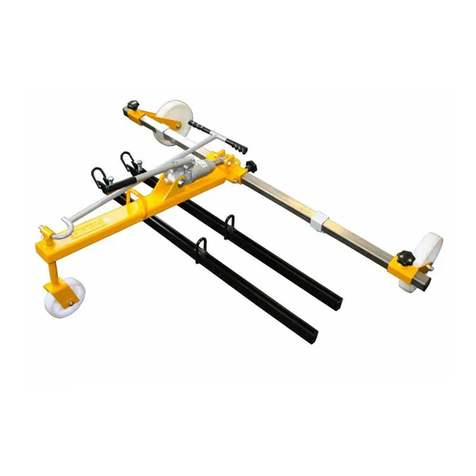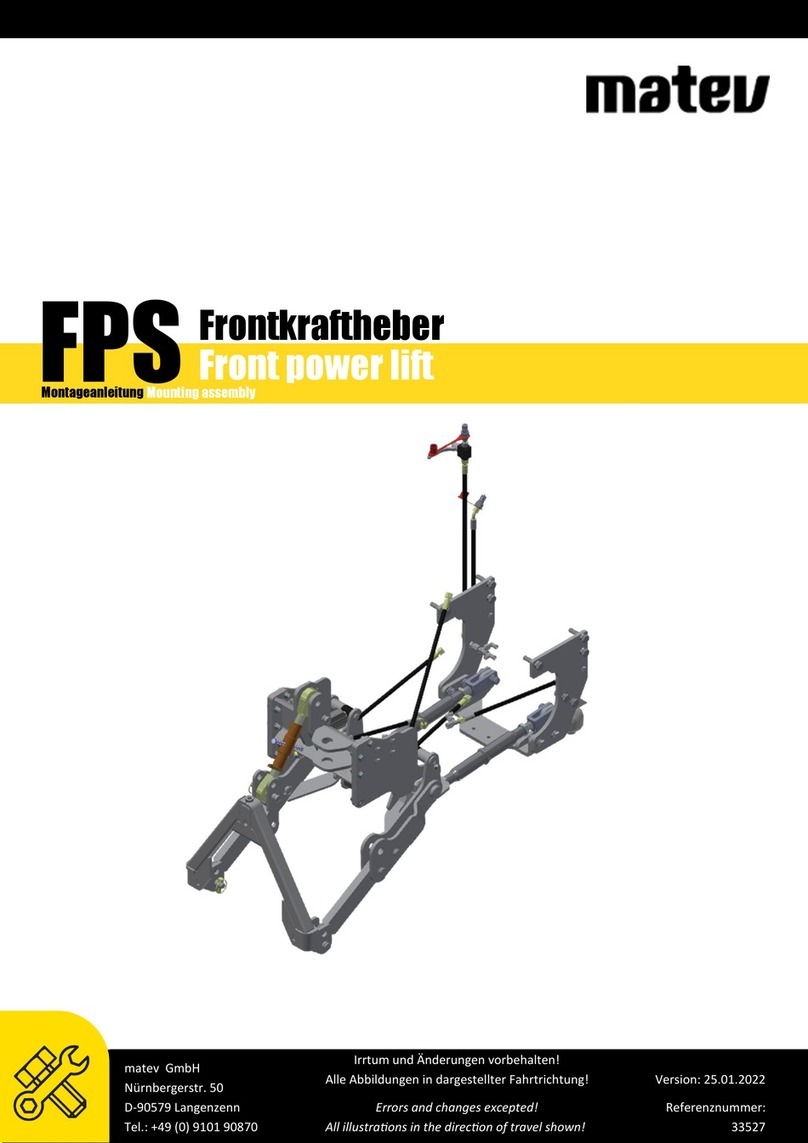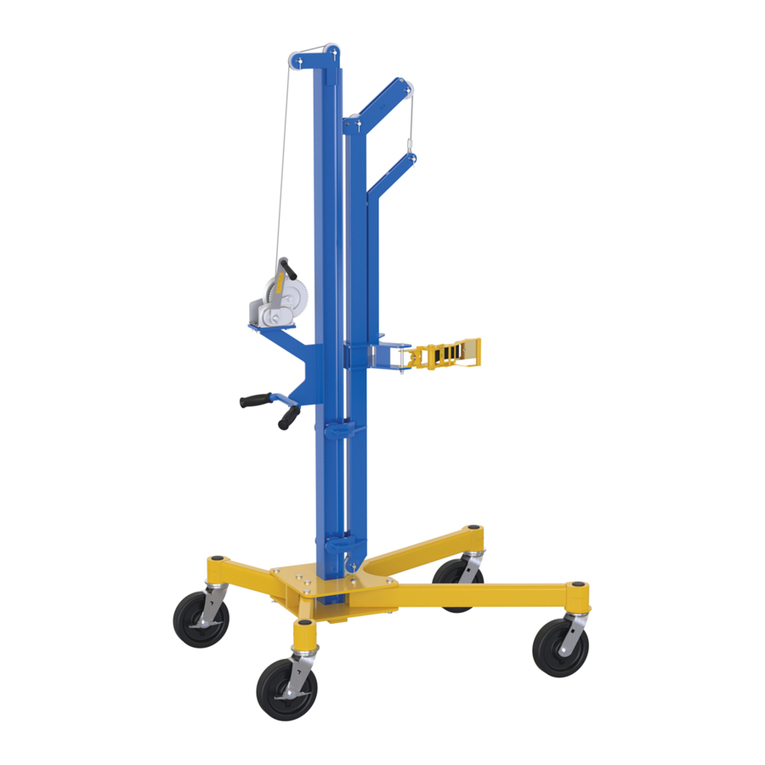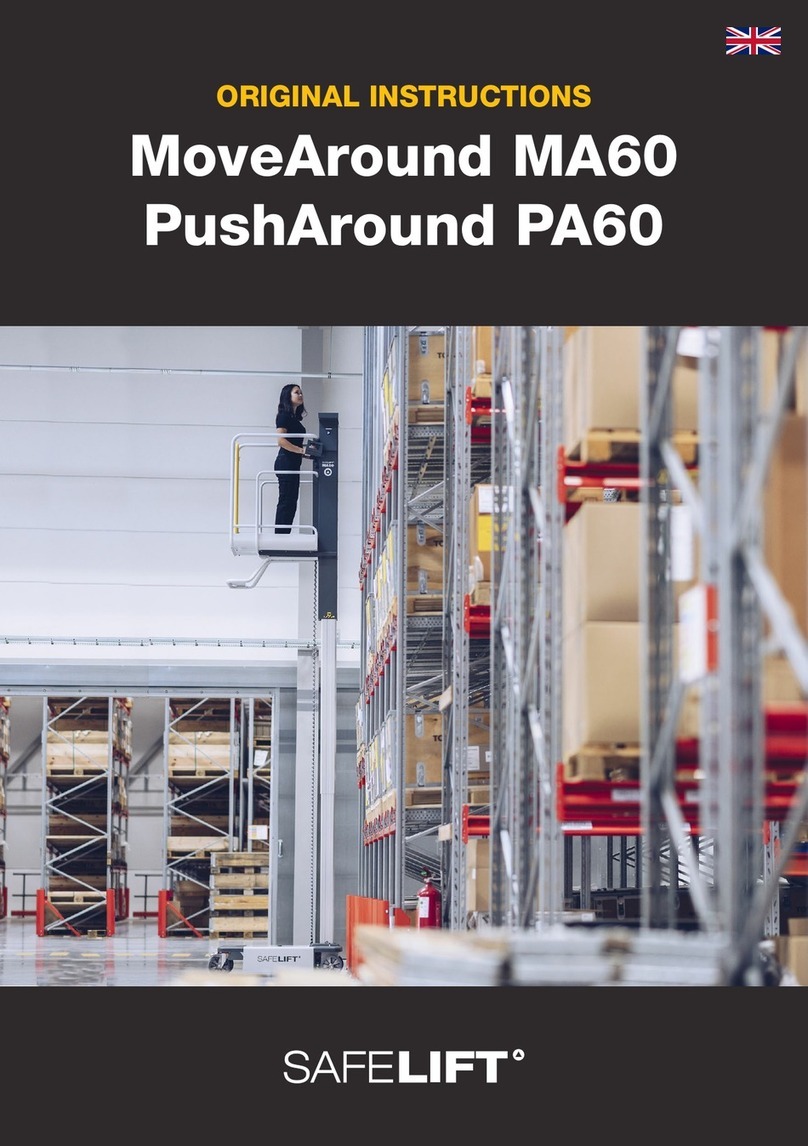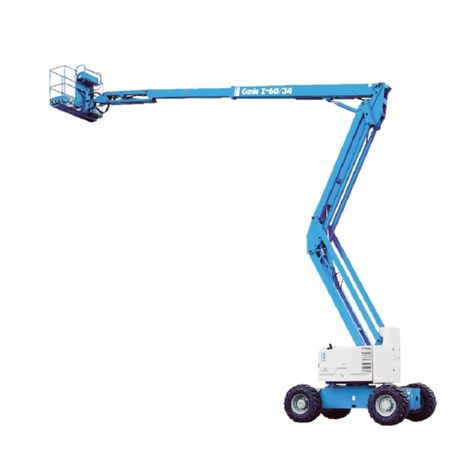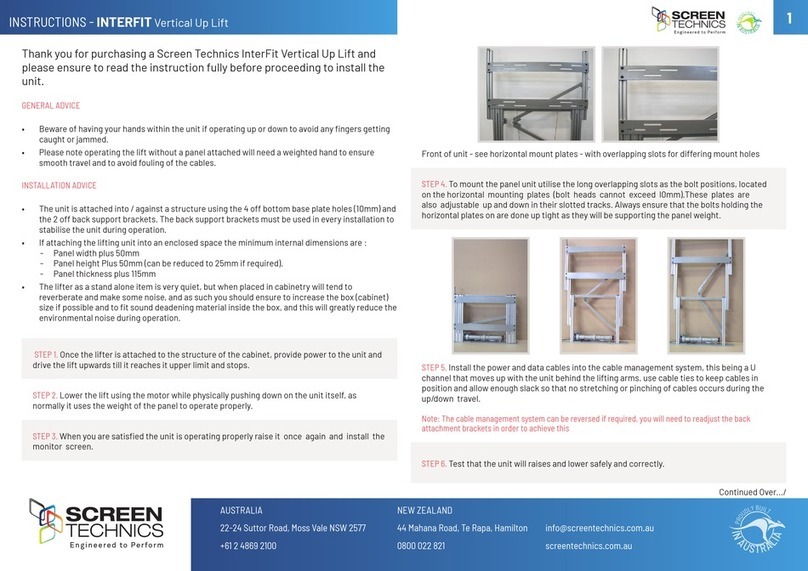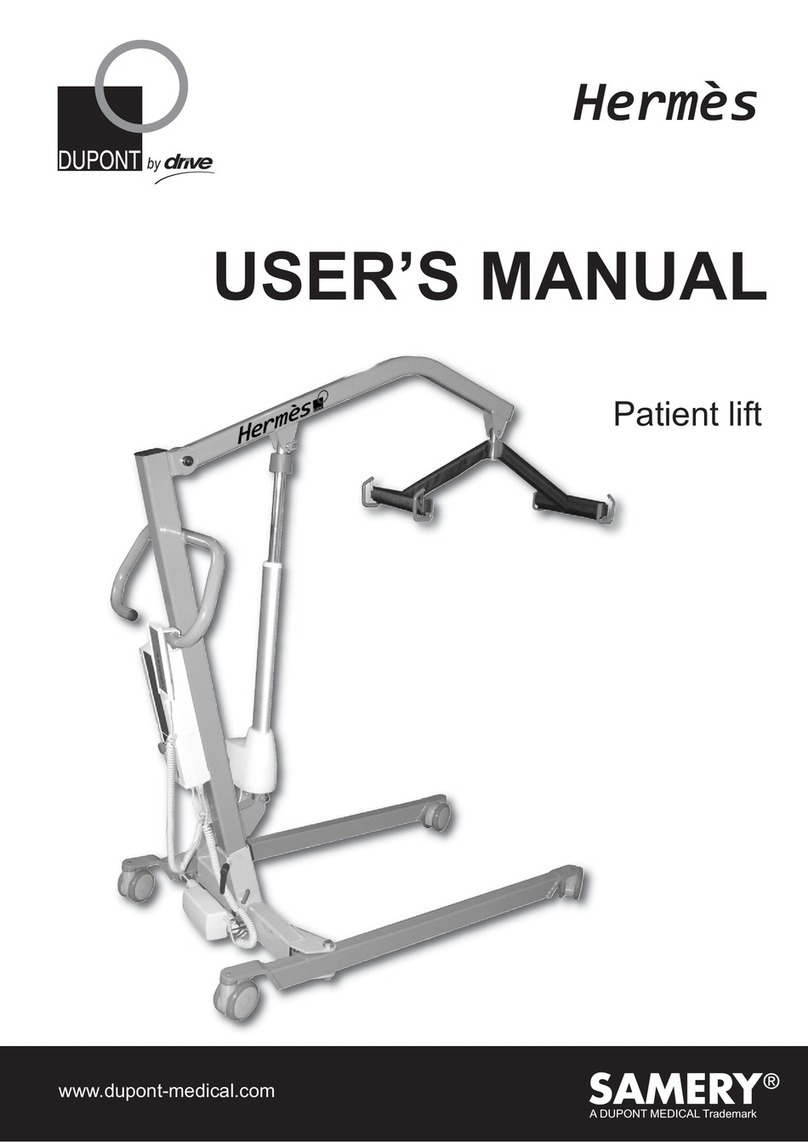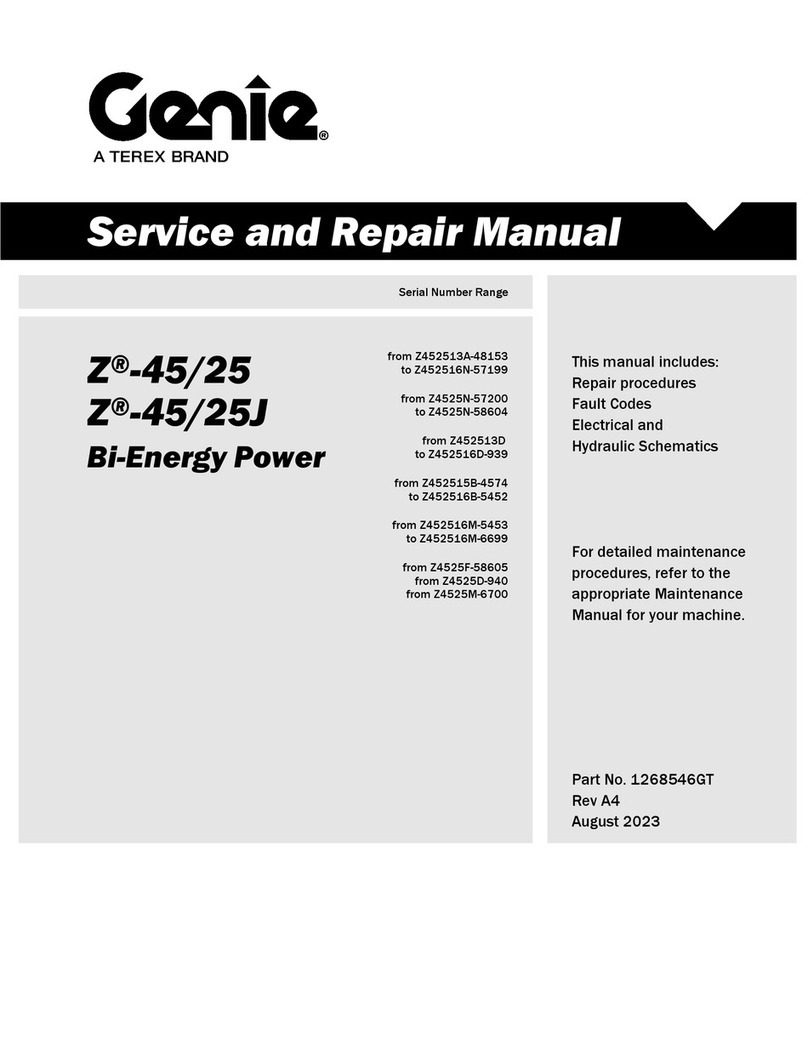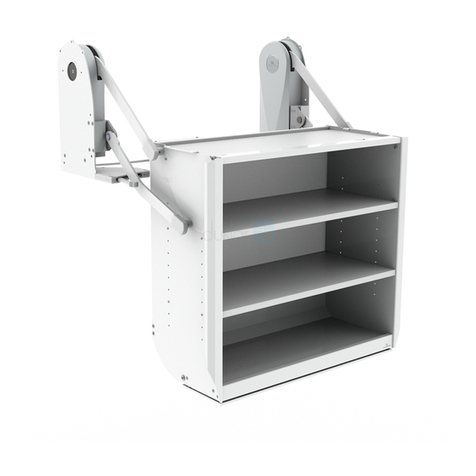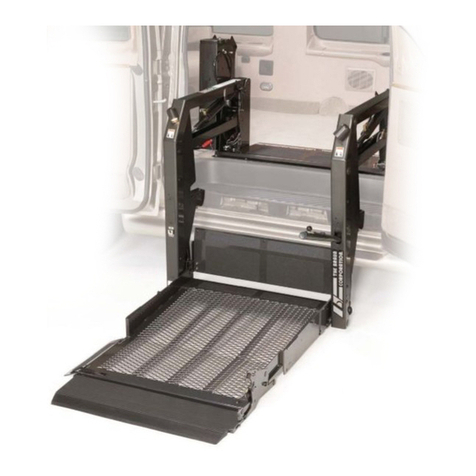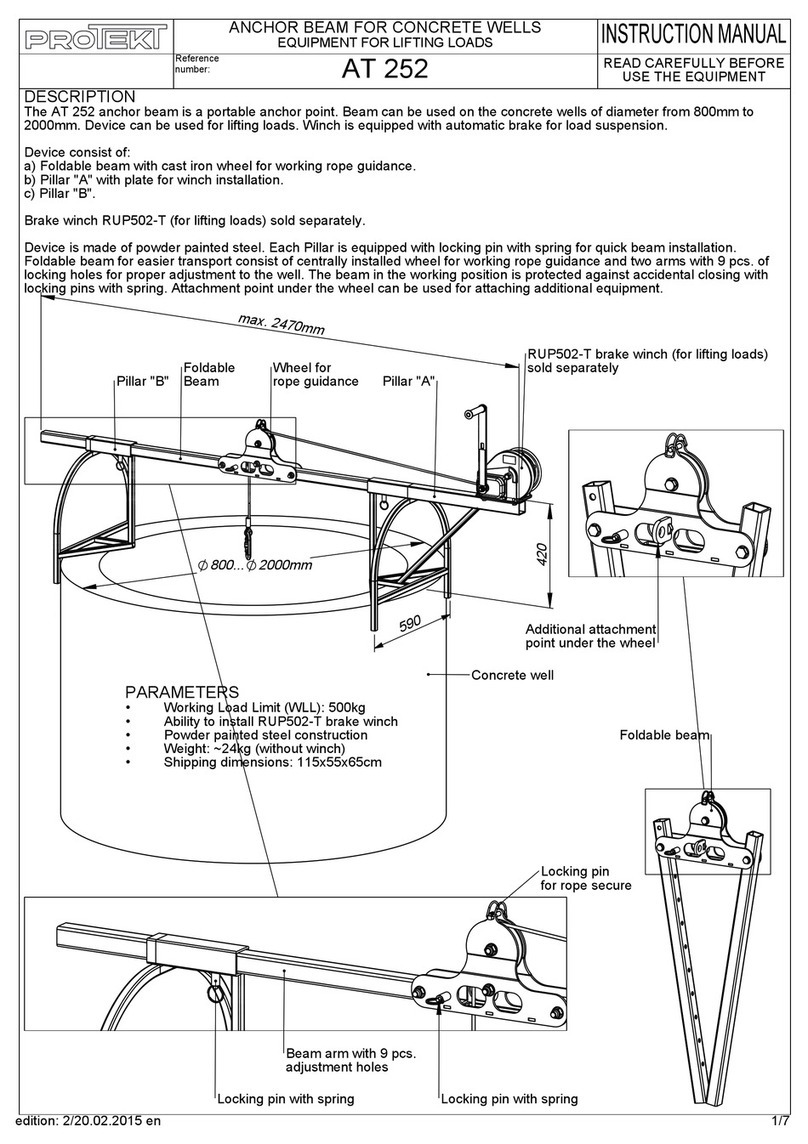Health and Safety at Work
All equipment must be maintained and tested to meet relevant statutory regulations. It is the responsibility of every company
to ensure that their employees have been fully and properly trained in the safe operation of their equipment.
Equipment Labelling
The identification stamping details the product type, model, manufacturer, year of manufacture, maximum working load limit
(WLL), serial number and the jaw range. The CE marking indicates compliance with the essential health and safety
requirements of the Machinery Directive 2006/42/EC. Other international standards that the unit conforms to may be shown.
Safety Instructions
Always select the correct size clamp for the job, determine the weight of the plate to be lifted. Plate thickness must be
within the grip range of the clamp.
Always use slings correctly. Pay special attention to the correlation between the lifting angle and the rated load. Use within
specified angles.
Always protect the surfaces of the cam and pad from weld spatters.
Always store and handle clamps correctly.
Always inspect clamps before use and before placing into storage.
Always remove dirt, rust, paint, grease, oil and any other foreign matter from the surface of the steel plate before clamping.
Always use genuine parts when repairing clamps.
Never allow the operator’s attention to be diverted when operating clamps and never leave the suspended load
unattended.
Never use a steel lifting clamp on material other than steel.
Never weld work pieces being lifted by clamp.
Never modify clamp by gas cutting or welding
Never use clamps for lifting high-tensile steel (over 300 HB) or soft steel (under 80 HB)
Never operate clamps unless the load is properly centred.
Never vertically lift material that tapers down to the edge.
Never exceed working load limit shown on clamp.
Never use defective clamps.
Never use the clamp with stainless steel, lead or copper material.
Never over torque the axle.
Never return damaged clamps to storage.
Never lift a plate/object that is not fully engaged with the clamping jaws.
Never lift loads that are not balanced, and the holding action is not secure.
Never lift more than one plate at a time.
Never Use the clamp in temperatures below -20oC or above 150oC
Never leave load supported by the clamp unattended unless specific precautions have been taken.
Never expose clamps to chemicals, particularly acids, without consulting the supplier.
Never use the clamp in areas containing flammable vapours, liquids, gasses or combustible dust or fibres.
Never expose a clamp directly to the elements, water spray, steam etc without consulting the supplier.
Never use clamps which are unidentified or uncertified for lifting applications.
Never throw or drop clamps or drag them along the ground.
Never allow a load attached to the clamp to swing or spin unintentionally.
Never work under suspended loads.
